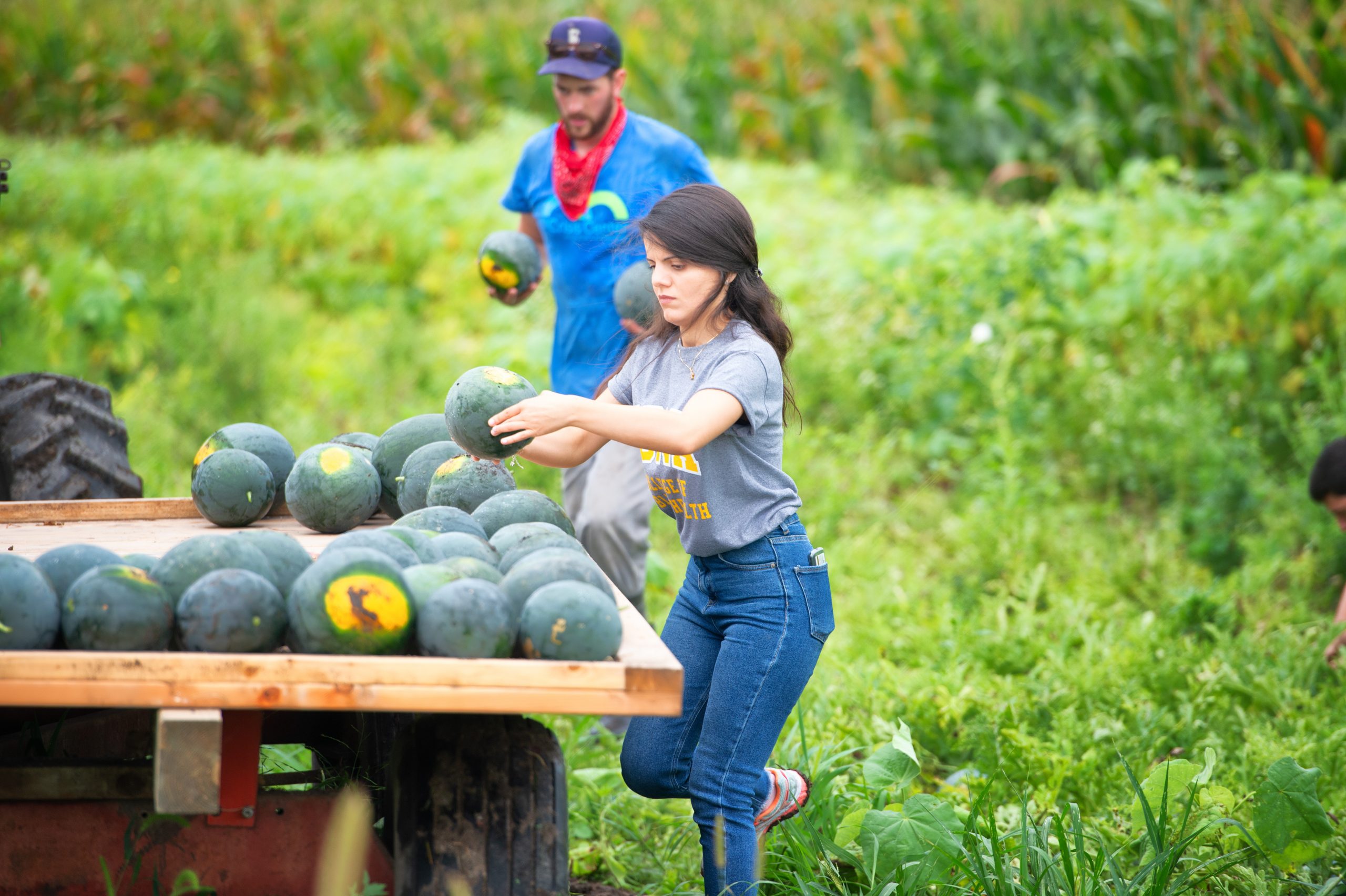39 Community-engaged and service learning

The UI Office of Community Engagement defines community-engaged learning as “a pedagogical approach to teaching courses that integrates community engagement into coursework. Often called service learning, community-engaged learning is a broader term used to describe the creation of mutually beneficial partnerships that go beyond direct service (e.g. cleaning up a community garden or tutoring youth) to deepen students’ academic and civic learning.”
Community-engaged courses (CEC) and service-learning courses promote experiential education and active learning by integrating community service with academic coursework. Students apply theoretical models learned in class directly to their community service efforts and in return bring their volunteer experiences back to their classroom learning. In such courses, instructors and students work together to establish community partnerships, develop a broader understanding of the discipline, and increase civic engagement.
The Office of Community Engagement has specific outlines for CEC-designated courses, and there is a guidebook for service-learning courses that you may find useful.
To develop a service-learning component for your course, you can start by identifying learning objectives that can be met or complemented by public service. It is crucial to explicitly communicate the connection between service experiences and curricular content—service learning is not simply adding voluntarism to a course. Service-learning-based courses are associated with two important learning outcomes in Fink’s significant learning taxonomy: caring and the human dimension. These outcomes include an increase in students’ intrinsic motivation and sense of belonging. Caring is connected to developing broader appreciation of the discipline, adopting new feelings and values, developing civic responsibility, and gaining a greater sense of personal identity and growth. The human dimension helps students learn more about themselves and others, explore the personal and social implications of the knowledge and skills they have gained, develop empathy and emotional intelligence, create meaningful connections and partnerships, and build leadership and communication skills.
When setting your community-engaged learning course objectives, consider the following questions:
- What professional and personal values and skills can be learned in the field?
- What assignments would benefit from real-world data or case information?
- What concepts would be more meaningful if students experienced them in a setting outside of class?
After formulating your goals, think of potential learning opportunities to achieve these objectives and consider existing community needs. These projects should be mutually beneficial to the students and to the community, and this means that community partners must have a voice in identifying and shaping the project.
Think of the main community engagement project(s) for the course and ways students can reflect on this service-learning experience.
Multiple types of community-engaged learning components can be incorporated into a course; consider those that apply to your course based on learning objectives and situational factors or add your own thoughts:
- Conduct individual or group projects or studies created in partnership with community members or organizations.
- Develop fieldwork research projects and community-focused investigations that meet identified community needs.
- Collect data and analyze case studies exploring local communities and organizations.
- Invite guest speakers who represent relevant practitioners, organizations, and community perspectives.
- Extend learning outside the classroom by traveling to sites: local organizations, neighborhoods, exhibits, agencies, etc.
- Critically reflect on students’ role and agency in the community, reducing stereotypes, developing intercultural understanding, and linking course content and service-based context.
- Other ideas?
Think of ways students can draw connections between classroom learning and real-world experience. What activities and assignments could help them apply the theoretical material they are learning in class to investigate real-world social challenges and address the needs of local communities?

Feedback/Errata